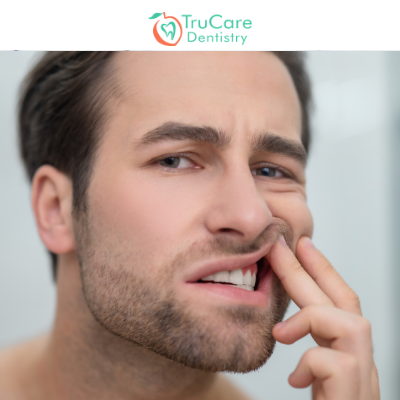Gemination In Dentistry: Causes & Treatments

The development of teeth is a complex process, influenced by a combination of genetic, environmental, and hormonal factors. One of the lesser-known phenomena in dentistry is gemination, a condition where a single tooth bud attempts to divide, resulting in a tooth that is larger than normal or has an unusual shape. This condition can affect both primary and permanent teeth, although it is more commonly observed in the primary dentition. Understanding gemination is crucial for dental professionals, as it can have implications for oral health, tooth development, and dental treatment planning.
Definition and Prevalence
Gemination is often confused with twinning, another rare dental anomaly where two separate teeth develop from two separate tooth buds. However, in gemination, the attempt of a single tooth bud to split results in a single, aberrant tooth. The prevalence of gemination in the primary dentition is reported to be higher than in the permanent dentition, with some studies suggesting that it occurs in approximately 0.5% of the population. The condition can affect any tooth but is most commonly associated with the maxillary central incisors.
Causes
The exact cause of gemination is not fully understood, but several theories have been proposed. These include:
- Genetic Factors: There is evidence to suggest that genetic predisposition plays a role in the development of gemination. Familial cases have been reported, indicating a possible hereditary component.
- Environmental Influences: Environmental factors, such as trauma to the tooth bud or infection, may also contribute to the development of gemination.
- Hormonal Influences: Hormonal changes during pregnancy have been implicated in some cases of gemination, particularly when they affect the development of the dental lamina.
Clinical Features
Teeth affected by gemination often exhibit distinctive clinical features, including:
- Size and Shape: The tooth may be larger than normal, either in width or length, due to the attempted division of the tooth bud. The shape can also be unusual, with possible grooving or notching on the surface.
- Structure: Sometimes, the tooth may have an extra cusp or an unusual morphology, reflecting the disrupted developmental process.
- Position: Although less common, gemination can influence the position of the tooth, potentially leading to spacing issues or malocclusion.
Diagnosis
Diagnosing gemination involves a combination of clinical examination and radiographic assessment. Dental radiographs are crucial for determining the extent of the anomaly and its impact on surrounding teeth and dental structures. In some cases, advanced imaging techniques like cone beam computed tomography (CBCT) may be necessary to evaluate the tooth’s internal structure and its relationship with adjacent dental and facial structures.
Treatment
The treatment of geminated teeth depends on several factors, including the severity of the condition, the aesthetic concerns of the patient, and the potential impact on oral function. Possible treatment approaches include:
- Observation: If the geminated tooth does not cause any functional or aesthetic issues, monitoring its development and health may be the preferred approach.
- Orthodontic Treatment: In cases where the geminated tooth affects occlusion or tooth alignment, orthodontic treatment may be indicated to improve the position and function of the teeth.
- Restorative Dentistry: For teeth that are severely malformed or cause aesthetic concerns, restorative options like composite resin bonding, veneers, or crowns can improve the tooth’s appearance and function.
- Surgical Intervention: Rarely, surgical removal of the geminated tooth may be necessary, especially if it is non-vital, impacted, or causes significant orthodontic or functional problems.
Conclusion
Gemination in dentistry represents a fascinating anomaly that highlights the complexities of tooth development. Understanding its causes, clinical features, and treatment options is essential for dental professionals to provide appropriate care and advice to affected patients. As with many dental anomalies, early diagnosis and a multidisciplinary approach to treatment can significantly improve outcomes, ensuring optimal aesthetic and functional results for patients with geminated teeth.
What is the difference between gemination and twinning in dentistry?
+Gemination occurs when a single tooth bud attempts to divide, resulting in a single tooth that may be larger or have an unusual shape. Twinning, on the other hand, refers to the development of two separate teeth from two separate tooth buds, which are usually fused together.
Can gemination affect the permanent teeth?
+Yes, although gemination is more commonly observed in the primary dentition, it can also affect the permanent teeth. The maxillary central incisors are among the permanent teeth that can be affected by gemination.
What are the potential complications of untreated gemination?
+


